Jaguar I-Pace vs Porsche Taycan Wagon – Which model is better for everyday use?
Both models have their strengths – but which one suits you more?
Compare performance, efficiency, price and space directly: Jaguar I-Pace or Porsche Taycan Wagon?
Here’s where it gets real: The technical differences in detail
Costs and Efficiency: Price and efficiency are often the first things buyers look at. Here it becomes clear which model has the long-term edge – whether at the pump, the plug, or in purchase price.
Jaguar I-Pace has a slightly advantage in terms of price – it starts at 79200 £, while the Porsche Taycan Wagon costs 88700 £. That’s a price difference of around 9514 £.
In terms of energy consumption, the advantage goes to the Porsche Taycan Wagon: with 17.50 kWh per 100 km, it’s significantly more efficient than the Jaguar I-Pace with 25.20 kWh. That’s a difference of about 7.70 kWh.
As for range, the Porsche Taycan Wagon performs clearly perceptible better – achieving up to 652 km, about 183 km more than the Jaguar I-Pace.
Engine and Performance: Power, torque and acceleration are the classic benchmarks for car enthusiasts – and here, some clear differences start to show.
When it comes to engine power, the Porsche Taycan Wagon has a significantly edge – offering 952 HP compared to 400 HP. That’s roughly 552 HP more horsepower.
In acceleration from 0 to 100 km/h, the Porsche Taycan Wagon is clearly quicker – completing the sprint in 2.40 s, while the Jaguar I-Pace takes 4.80 s. That’s about 2.40 s faster.
In terms of top speed, the Porsche Taycan Wagon performs distinct better – reaching 260 km/h, while the Jaguar I-Pace tops out at 200 km/h. The difference is around 60 km/h.
There’s also a difference in torque: the Porsche Taycan Wagon pulls noticeable stronger with 1110 Nm compared to 696 Nm. That’s about 414 Nm difference.
Space and Everyday Use: Cabin size, boot volume and payload all play a role in everyday practicality. Here, comfort and flexibility make the difference.
Seats: Jaguar I-Pace offers somewhat more seating capacity – 5 vs 4.
In curb weight, the Porsche Taycan Wagon is minimal lighter – 2190 kg compared to 2226 kg. The difference is around 36 kg.
In terms of boot space, the Jaguar I-Pace offers clearly perceptible more room – 638 L compared to 446 L. That’s a difference of about 192 L.
In maximum load capacity, the Jaguar I-Pace performs somewhat better – up to 1453 L, which is about 241 L more than the Porsche Taycan Wagon.
When it comes to payload, Porsche Taycan Wagon distinct takes the win – 605 kg compared to 444 kg. That’s a difference of about 161 kg.
All in all, the Porsche Taycan Wagon shows itself to be leaves the rival little chance and secures the title of DriveDuel Champion.
It impresses with the more balanced overall package and proves to be the more versatile companion for everyday use.
Jaguar I-Pace
The Jaguar I-Pace represents a remarkable fusion of cutting-edge electric performance and iconic British luxury. With its sleek design and spacious interior, this model redefines what one can expect from an electric vehicle in terms of style and comfort. Its impressive driving dynamics and advanced technology make it a standout choice for those looking to make a statement on the road.
details @ media.jaguar.com
@ media.jaguar.com
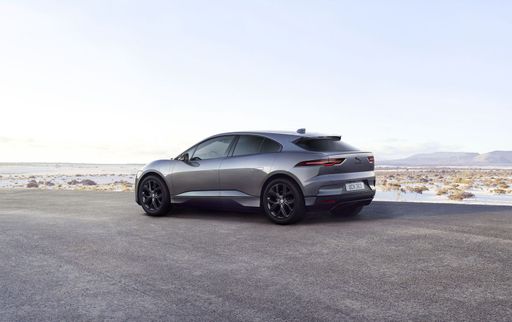 @ media.jaguar.com
@ media.jaguar.com
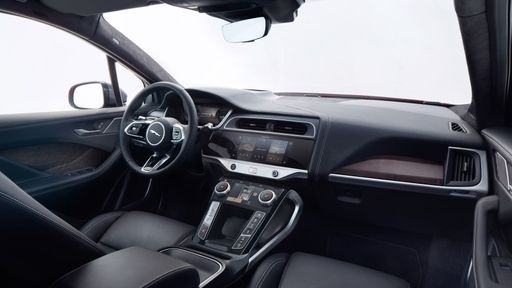 @ media.jaguar.com
@ media.jaguar.com
Porsche Taycan Wagon
The Taycan Wagon seamlessly blends the elegance of a luxury estate with the exhilarating performance Porsche is renowned for. Its sleek design not only boasts practicality but also exudes a sporty flair, making it a standout in both city streets and open highways. With a commitment to sustainability, this electrifying model illustrates that eco-friendly driving can be both thrilling and stylish.
details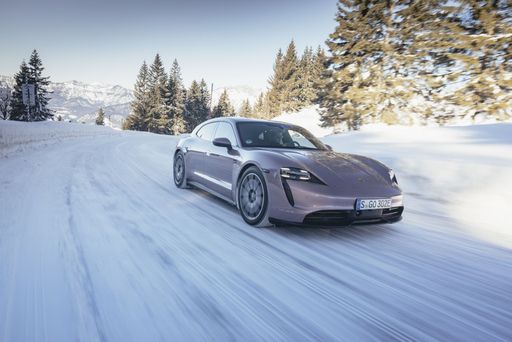 @ Porsche Presse Deutschland
@ Porsche Presse Deutschland
 @ Porsche Presse Deutschland
@ Porsche Presse Deutschland
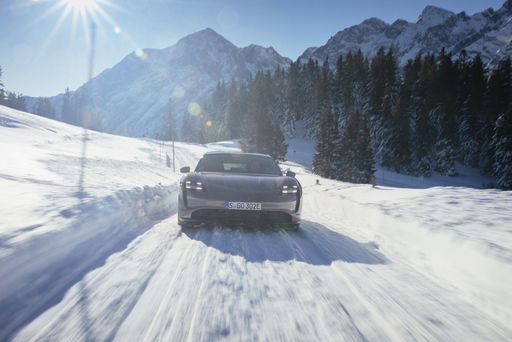 @ Porsche Presse Deutschland
@ Porsche Presse Deutschland
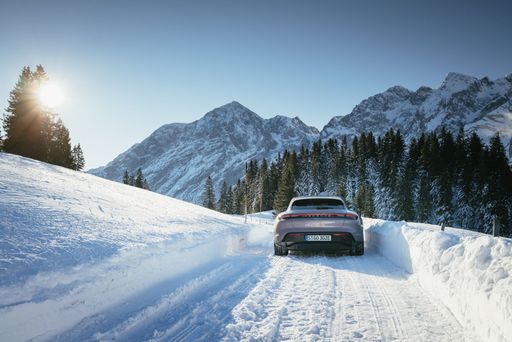 @ Porsche Presse Deutschland
@ Porsche Presse Deutschland
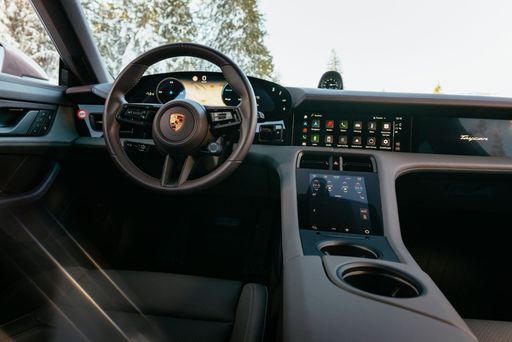 @ Porsche Presse Deutschland
@ Porsche Presse Deutschland
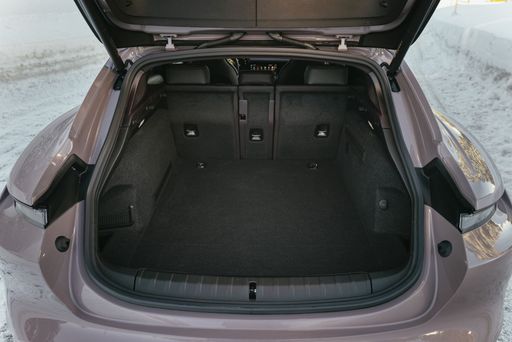 @ Porsche Presse Deutschland
@ Porsche Presse Deutschland

|

|
|
|
|
Costs and Consumption |
|
|---|---|
|
Price
79200 - 85500 £
|
Price
88700 - 182100 £
|
|
Consumption L/100km
-
|
Consumption L/100km
-
|
|
Consumption kWh/100km
25.20 kWh
|
Consumption kWh/100km
17.5 - 19 kWh
|
|
Electric Range
469 km
|
Electric Range
537 - 652 km
|
|
Battery Capacity
84.70 kWh
|
Battery Capacity
82.3 - 97 kWh
|
|
co2
0 g/km
|
co2
0 g/km
|
|
Fuel tank capacity
-
|
Fuel tank capacity
-
|
Dimensions and Body |
|
|---|---|
|
Body Type
SUV
|
Body Type
Estate
|
|
Seats
5
|
Seats
4
|
|
Doors
5
|
Doors
5
|
|
Curb weight
2226 kg
|
Curb weight
2190 - 2400 kg
|
|
Trunk capacity
638 L
|
Trunk capacity
405 - 446 L
|
|
Length
4682 mm
|
Length
4962 - 4974 mm
|
|
Width
2011 mm
|
Width
1966 - 1967 mm
|
|
Height
1566 mm
|
Height
1388 - 1412 mm
|
|
Max trunk capacity
1453 L
|
Max trunk capacity
1171 - 1212 L
|
|
Payload
444 kg
|
Payload
475 - 605 kg
|
Engine and Performance |
|
|---|---|
|
Engine Type
Electric
|
Engine Type
Electric
|
|
Transmission
Automatic
|
Transmission
Automatic
|
|
Transmission Detail
Reduction Gearbox
|
Transmission Detail
Reduction Gearbox
|
|
Drive Type
All-Wheel Drive
|
Drive Type
All-Wheel Drive, Rear-Wheel Drive
|
|
Power HP
400 HP
|
Power HP
408 - 952 HP
|
|
Acceleration 0-100km/h
4.80 s
|
Acceleration 0-100km/h
2.4 - 4.8 s
|
|
Max Speed
200 km/h
|
Max Speed
220 - 260 km/h
|
|
Torque
696 Nm
|
Torque
410 - 1110 Nm
|
|
Number of Cylinders
-
|
Number of Cylinders
-
|
|
Power kW
294 kW
|
Power kW
300 - 700 kW
|
|
Engine capacity
-
|
Engine capacity
-
|
General |
|
|---|---|
|
Model Year
2023
|
Model Year
2024 - 2025
|
|
CO2 Efficiency Class
A
|
CO2 Efficiency Class
A
|
|
Brand
Jaguar
|
Brand
Porsche
|
What drivetrain options does the Jaguar I-Pace have?
Available configurations include All-Wheel Drive.
The prices and data displayed are estimates based on German list prices and may vary by country. This information is not legally binding.
